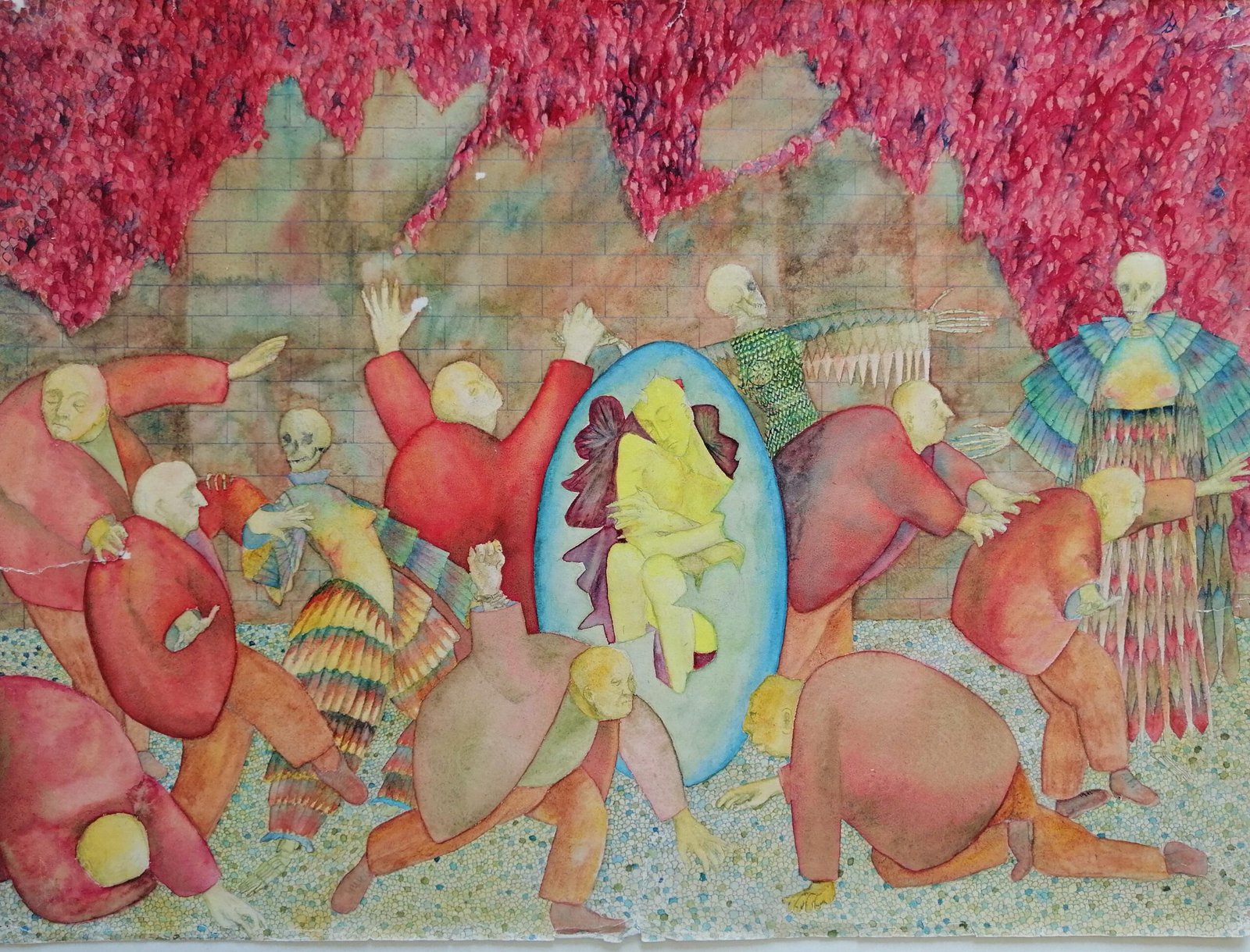The extraordinary endlessly opens up for us from the ordinary or clutches at us from the achievements of science and technology.
Extraordinary! Amazing! Wonderful!
Words ready on an everyday basis for our response to explosive new pictures of the cosmos and breathtaking new gadgets. Wonder is the beginning of knowledge, wrote Aristotle. It’s the beginning, but not knowledge itself. When with knowledge we comprehend with the intellect, wonder fades. The first telescope, the first electric circuit astonished, no doubt, but now languish among the ordinary. With use and habit the extraordinary gives diminishing returns.
Products of art are a continual source of wonder and some surely lay claim to be extraordinary. Their power to amaze is inwardly focused. In an age when an image or a piece of music can be reproduced millions of times they too can sink into the ordinary; Mona Lisa appears on a sweater and the music becomes a background noise in the supermarket. Resurrection from the banal seems always to be possible but yet it challenges the receptivity, the attentiveness of the viewer or listener.

The paintings in the Sistine Chapel are extraordinary by any measure. In this fragment is the hand of Adam on the left and the hand of God. The symbolic space between the stretched fingers was once filled and meaningful. The artist could only paint that space because the culture of his time was open to its meaning. Since the beginning of modern science that space has been increasingly emptied. The cracks on the fresco of Michelangelo seem to belong to its symbolism.

In the tragic years of the first world war Kasimir Malevich’s painting ‘Black Square’ appeared in an art exhibition in Moscow. For contemporary culture he offered this as an image of the space between – either a void, a black hole, an emptiness or a dark source, the possibility of new creativity. The illustration doesn’t show that the black square was painted on a white square leaving a white border. Which is the void – the black devouring the white or the white from which the black emerges?
I have learned that for Malevich painting should primarily express the purity of feeling. His Black Square is not conceptual art. He had a particular theory of art but this need not dictate our response. His feeling led him to an image of the ambiguous and contradictory nature of the 20th century. A black century indeed! A century of unbelievable horror and suffering! Is there light at the fringe? Or from that black do energies and capacities emerge from a hidden source? The invisible becoming aware of itself. How must I read it?

